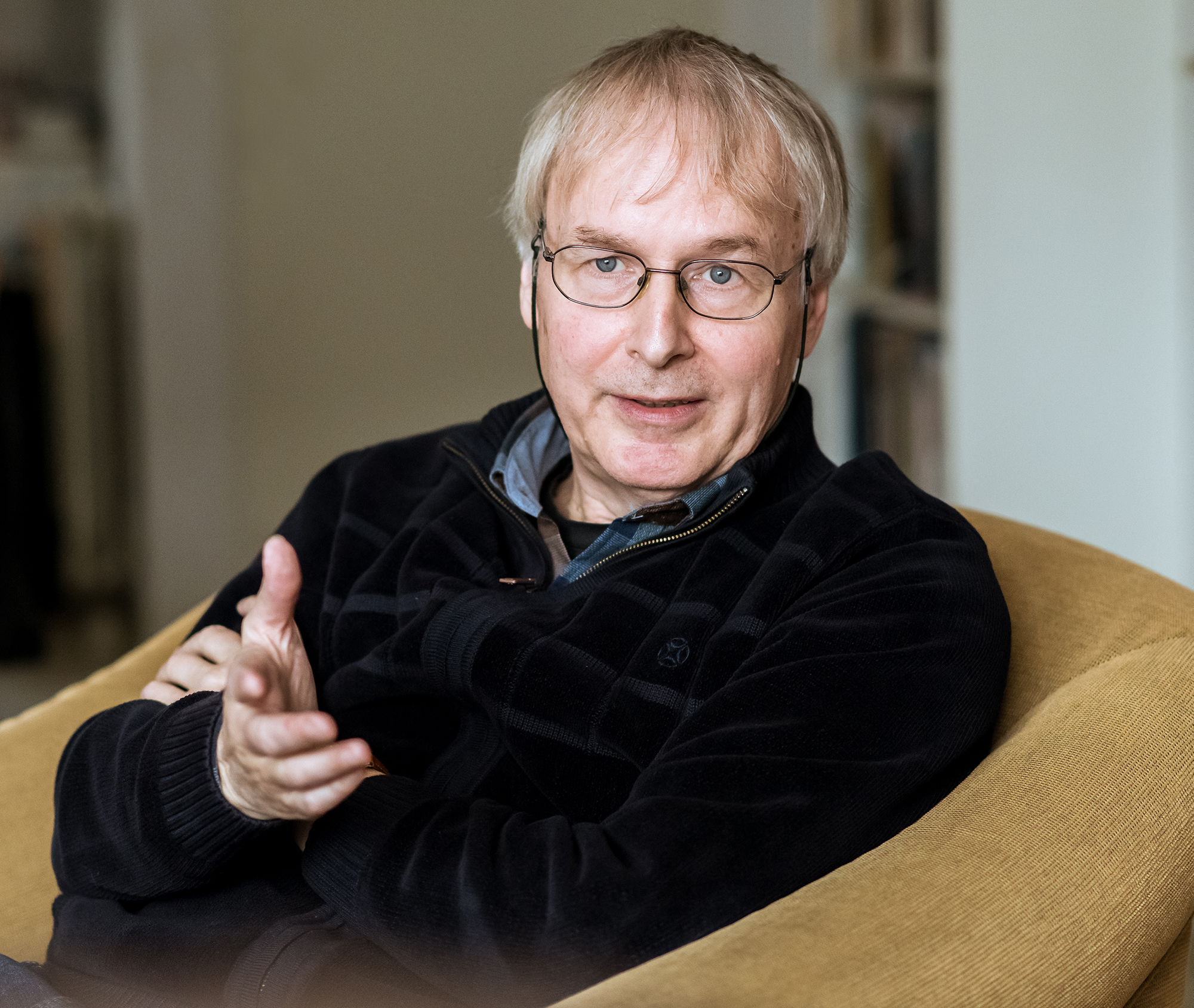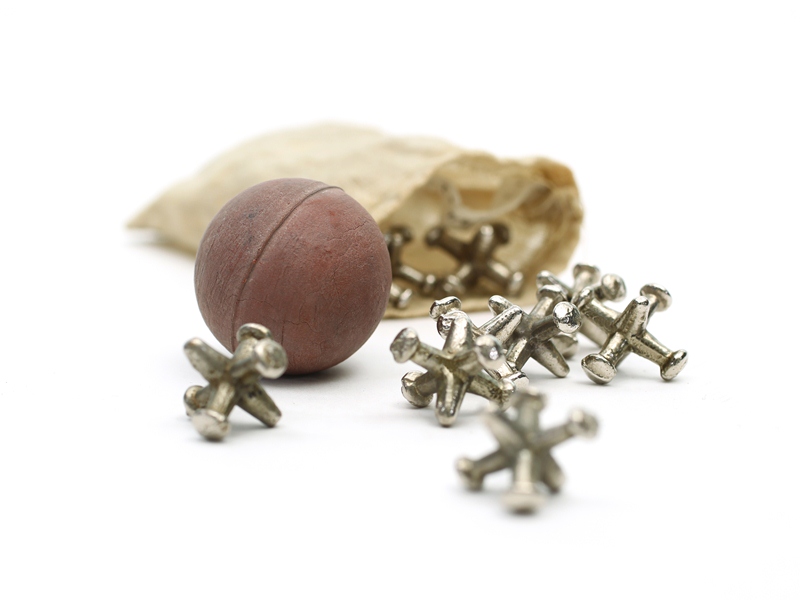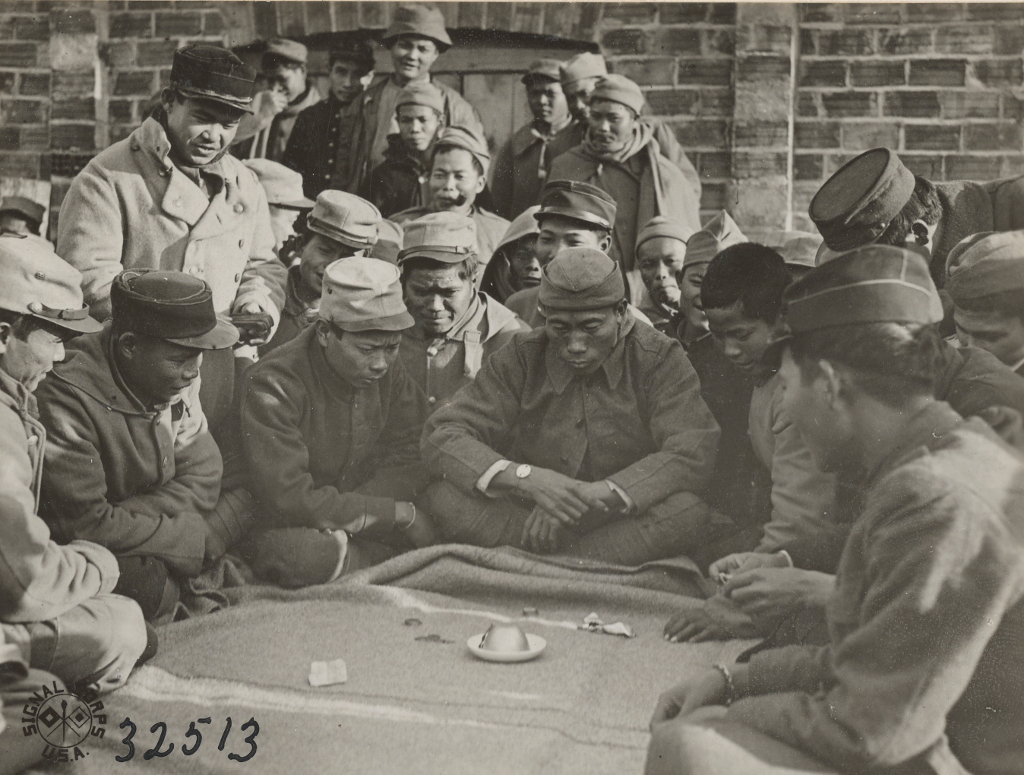|
Beycesultan
Beycesultan () is an archaeological site in western Anatolia, located about 5 km southwest of the modern-day city of Çivril in the Denizli Province of Turkey. It lies in a bend of an old tributary of Büyük Menderes River ( Maeander River). History Late Chalcolithic Beycesultan was occupied beginning in the Late Chalcolithic period. This large mound is almost 1 km in diameter and 25 m high. Early Bronze The settlement increased in size and prominence through the 3rd millennium, with notable religious and civil buildings. Middle Bronze Development peaked early in the 2nd millennium with the construction of a massive palace and associated structures. The palace was abandoned and then destroyed circa 1700 BC. To this point, the orientation of Beycesultan was strongly influenced from the west, mainly the Aegean and Crete. Late Bronze After a few centuries of semi-abandonment, Beycesultan began to rise again, this time more influenced by the Hittite regions of Anatolia. ... [...More Info...] [...Related Items...] OR: [Wikipedia] [Google] [Baidu] |
Beycesultan
Beycesultan () is an archaeological site in western Anatolia, located about 5 km southwest of the modern-day city of Çivril in the Denizli Province of Turkey. It lies in a bend of an old tributary of Büyük Menderes River ( Maeander River). History Late Chalcolithic Beycesultan was occupied beginning in the Late Chalcolithic period. This large mound is almost 1 km in diameter and 25 m high. Early Bronze The settlement increased in size and prominence through the 3rd millennium, with notable religious and civil buildings. Middle Bronze Development peaked early in the 2nd millennium with the construction of a massive palace and associated structures. The palace was abandoned and then destroyed circa 1700 BC. To this point, the orientation of Beycesultan was strongly influenced from the west, mainly the Aegean and Crete. Late Bronze After a few centuries of semi-abandonment, Beycesultan began to rise again, this time more influenced by the Hittite regions of Anatolia. ... [...More Info...] [...Related Items...] OR: [Wikipedia] [Google] [Baidu] |
Beycesultan Trommel 24
Beycesultan () is an archaeological site in western Anatolia, located about 5 km southwest of the modern-day city of Çivril in the Denizli Province of Turkey. It lies in a bend of an old tributary of Büyük Menderes River ( Maeander River). History Late Chalcolithic Beycesultan was occupied beginning in the Late Chalcolithic period. This large mound is almost 1 km in diameter and 25 m high. Early Bronze The settlement increased in size and prominence through the 3rd millennium, with notable religious and civil buildings. Middle Bronze Development peaked early in the 2nd millennium with the construction of a massive palace and associated structures. The palace was abandoned and then destroyed circa 1700 BC. To this point, the orientation of Beycesultan was strongly influenced from the west, mainly the Aegean and Crete. Late Bronze After a few centuries of semi-abandonment, Beycesultan began to rise again, this time more influenced by the Hittite regions of Anatolia. ... [...More Info...] [...Related Items...] OR: [Wikipedia] [Google] [Baidu] |
Seton Lloyd
Seton Howard Frederick Lloyd, CBE (30 May 1902, Birmingham, England – 7 January 1996, Faringdon, England), was an English archaeologist. He was President of the British School of Archaeology in Iraq, Director of the British Institute of Archaeology at Ankara (President, 1948–1961), Professor of Western Asiatic Archaeology in the Institute of Archaeology, University of London (1962–1969). Biography After education at Uppingham School, Lloyd studied at the Architectural Association in London and qualified as an architect in 1926. He gained his first archaeological experience at Tel el Amarna, which Henri Frankfort was excavating for the Egypt Exploration Society. In 1930 Lloyd was invited by Frankfort to join latter's next excavation, under the auspices of the Oriental Institute of the University of Chicago, of a series of sites in the Diyala valley (1930–1937). In 1937–1939 he excavated with John Garstang at Mersin, in southern Turkey, for the University of Liverpool. ... [...More Info...] [...Related Items...] OR: [Wikipedia] [Google] [Baidu] |
Fred Woudhuizen
Frederik Christiaan Woudhuizen (Zutphen, 13 February 1959 – Heiloo, 28 September 2021) was an independent scholar who studied ancient Indo-European languages, hieroglyphic Luvian/Luwian, and Mediterranean protohistory. He was the former editor of ''Talanta, Proceedings of the Dutch Archaeological and Historical Society''. Life Fred Woudhuizen graduated from high school in 1977. He finished his history studies in 1985 with an exam in Ancient History and specializing in Prehistory and Early History of the Mediterranean region. His education included Provincial Roman Archeology and the study of Classical languages, including Latin and Greek, as well as Luwian languages, Italian dialects and Mycenaeology. In 2006 he obtained his doctorate from Erasmus University Rotterdam with a Dissertation on ''The Ethnicity of the Sea Peoples''. From 1986 to 1989 and 1992 to 1995 Woudhuizen was editor of the Dutch journal ''Talanta, Proceedings of the Dutch Archaeological and Historical Socie ... [...More Info...] [...Related Items...] OR: [Wikipedia] [Google] [Baidu] |
Wilusa
Wilusa ( hit, ) or Wilusiya was a Late Bronze Age city in western Anatolia known from references in fragmentary Hittite records. The city is notable for its identification with the archaeological site of Troy, and thus its potential connection to the legendary Trojan War. Identification with Troy Wilusa has been identified with the archaeological site of Troy. This correspondence was first proposed in 1924 by Emil Forrer, who also suggested that the name Ahhiyawa corresponds to the Homeric term for the Greeks, '' Achaeans''. Forrer's work was primarily motivated by linguistic similarities, since "Wilusa" and the associated placename "Taruisa" show striking parallels to the Greek names "Wilios" and "Troia" respectively. Subsequent research on Hittite geography has lent these identifications additional support and they are now generally accepted by scholars, though they are not regarded as firmly established. One alternative hypothesis proposes that Wilusa was located near B ... [...More Info...] [...Related Items...] OR: [Wikipedia] [Google] [Baidu] |
James Mellaart
James Mellaart FBA (14 November 1925 – 29 July 2012) was an English archaeologist and author who is noted for his discovery of the Neolithic settlement of Çatalhöyük in Turkey. He was expelled from Turkey when he was suspected of involvement with the antiquities black market. He was also involved in a string of controversies, including the so-called mother goddess controversy in Anatolia, which eventually led to his being banned from excavations in Turkey in the 1960s. After his death it was discovered that he had forged many of his "finds", including murals and inscriptions used to discover the Çatalhöyük site. Biography Mellaart was born in 1925 in London. He lectured at the University of Istanbul and was an assistant director of the British Institute of Archaeology at Ankara (BIAA). In 1951 Mellaart began to direct excavations on the sites in Turkey with the assistance of his Turkish-born wife Arlette, who was the secretary of BIAA. He helped to identify the "cham ... [...More Info...] [...Related Items...] OR: [Wikipedia] [Google] [Baidu] |
Museum Of Anatolian Civilizations
The Museum of Anatolian Civilizations ( tr, Anadolu Medeniyetleri Müzesi) is located on the south side of Ankara Castle in the Atpazarı area in Ankara, Turkey. It consists of the old Ottoman Mahmut Paşa bazaar storage building, and the Kurşunlu Han. Because of Atatürk's desire to establish a Hittite museum, the buildings were bought upon the suggestion of Hamit Zübeyir Koşay, who was then Culture Minister, to the National Education Minister, Saffet Arıkan. After the remodelling and repairs were completed (1938–1968), the building was opened to the public as the Ankara Archaeological Museum. Today, Kurşunlu Han, used as an administrative building, houses the work rooms, library, conference hall, laboratory and workshop. The old bazaar building houses the exhibits. Within this Ottoman building, the museum has a number of exhibits of Anatolian archeology. They start with the Paleolithic era, and continue chronologically through the Neolithic, Early Bronze, Assyrian t ... [...More Info...] [...Related Items...] OR: [Wikipedia] [Google] [Baidu] |
Cities Of The Ancient Near East
The earliest cities in history were in the ancient Near East, an area covering roughly that of the modern Middle East: its history began in the 4th millennium BC and ended, depending on the interpretation of the term, either with the conquest by the Achaemenid Empire in the 6th century BC or with that by Alexander the Great in the 4th century BC. The largest cities of the Bronze Age Near East housed several tens of thousands of people. Memphis in the Early Bronze Age, with some 30,000 inhabitants, was the largest city of the time by far. Ebla is estimated to have had a population of 40,000 inhabitants in the Intermediate Bronze age. Ur in the Middle Bronze Age is estimated to have had some 65,000 inhabitants; Babylon in the Late Bronze Age similarly had a population of some 50,000–60,000. Niniveh had some 20,000–30,000, reaching 100,000 only in the Iron Age (around 700 BC). In Akkadian and Hittite orthography, URU became a determinative sign denoting a city, or combine ... [...More Info...] [...Related Items...] OR: [Wikipedia] [Google] [Baidu] |
Knossos
Knossos (also Cnossos, both pronounced ; grc, Κνωσός, Knōsós, ; Linear B: ''Ko-no-so'') is the largest Bronze Age archaeological site on Crete and has been called Europe's oldest city. Settled as early as the Neolithic period, the name Knossos survives from ancient Greek references to the major city of Crete. The palace of Knossos eventually became the ceremonial and political centre of the Minoan civilization and culture. The palace was abandoned at some unknown time at the end of the Late Bronze Age, c. 1380–1100 BC; the reason is unknown, but one of the many disasters that befell the palace is generally put forward. In the First Palace Period (around 2000 BC), the urban area reached a size of as many as 18,000 people. Spelling The name Knossos was formerly Latinized as Cnossus or Cnossos and occasionally Knossus, Gnossus, or Gnossos but is now almost always written Knossos. Neolithic period The site of Knossos has had a very long history of human habitation b ... [...More Info...] [...Related Items...] OR: [Wikipedia] [Google] [Baidu] |
Knucklebones
Knucklebones, also known as scatter jacks, snobs, astragalus, tali, dibs, fivestones, jacks, or jackstones, among many other names, is a game of dexterity played with a number of small objects that are thrown up, caught, and manipulated in various manners. It is ancient in origin and is found in various cultures worldwide. The name "knucklebones" is derived from the Ancient Greek version of the game, which uses the astragalus (a bone in the ankle, or hock) of a sheep. However, different variants of the game from various cultures use other objects, including stones, seashells, seeds, and cubes. Modern knucklebones consist of six points, or knobs, projecting from a common base and are usually made of metal or plastic. The winner is the first player to successfully complete a prescribed series of throws, which, though similar, differ widely in detail. The simplest throw consists in either tossing up one stone, the jack, or bouncing a ball and picking up one or more stones or ... [...More Info...] [...Related Items...] OR: [Wikipedia] [Google] [Baidu] |
Chuck-a-luck
Chuck-a-luck, also known as birdcage, is a game of chance played with three dice. It is derived from grand hazard and both can be considered a variant of sic bo, which is a popular casino game, although chuck-a-luck is more of a carnival game than a true casino game. The game is sometimes used as a fundraiser for charity. Rules Chuck-a-luck is played with three standard dice that are kept in a device shaped somewhat like an hourglass which resembles a wire-frame bird cage and pivots about its centre. The dealer rotates the cage end over end, with the dice landing on the bottom. Wagers are placed based on possible combinations that can appear on the three dice. The possible wagers are usually fewer than the wagers that are possible in sic bo and, in that sense, chuck-a-luck can be considered to be a simpler game. In the simplest variant, betters place stakes on a board labelled 1–6. They receive a 1:1 payout if the number bet on appears once, a 2:1 payout if the number ... [...More Info...] [...Related Items...] OR: [Wikipedia] [Google] [Baidu] |
Ege University
Ege University or Aegean University ( tr, Ege Üniversitesi) is a public research university in Bornova, İzmir. It was founded in 1955 with the faculties of Medicine and Agriculture. It is the first university to start courses in İzmir and the fourth oldest university in Turkey. History By 1982, Ege University was one of the largest universities in Turkey with 19 faculties, 9 junior college-type schools and 8 institutes. That same year, part of the university was separated into a new university, Dokuz Eylül University. After the division, Ege University had 7 faculties, 3 junior college-type schools and approximately 9000 students. It currently consists of 15 faculties, 6 junior college-type schools, 10 vocational training schools, 9 institutes and 36 research centres. Academic units Faculties Faculty of LettersFaculty of EducationFaculty of CommunicationFaculty of Economics and Administrative SciencesFaculty of ScienceFaculty of EngineeringFaculty of FisheriesFaculty o ... [...More Info...] [...Related Items...] OR: [Wikipedia] [Google] [Baidu] |





